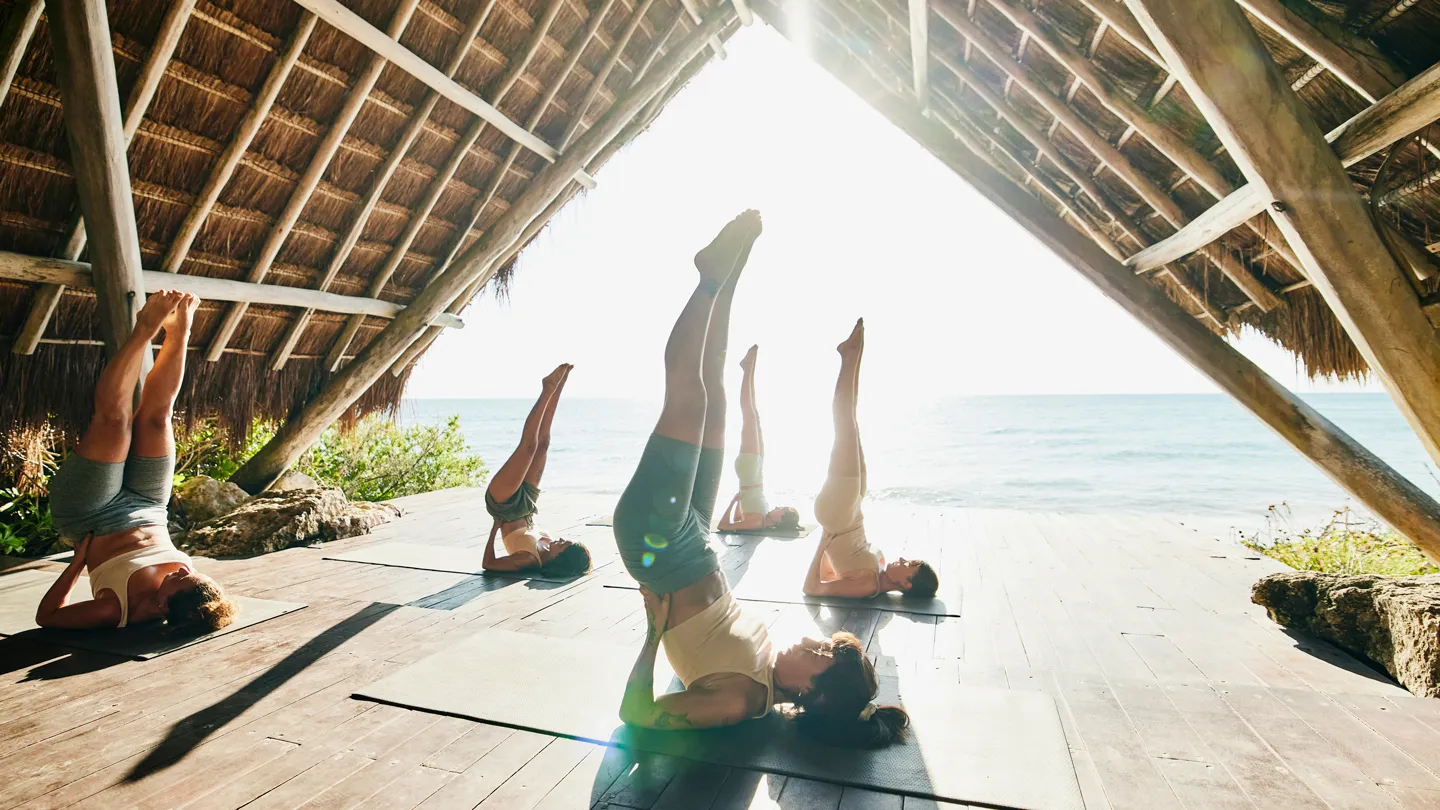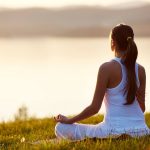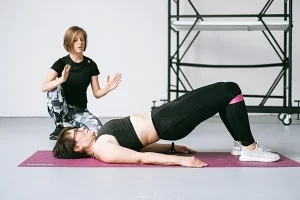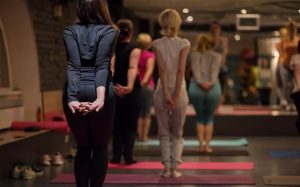
Returning home after an immersive wellness experience often brings a challenging transition. The serene environment of a Yoga Retreat in Koh Phangan creates a bubble of mindfulness that can be difficult to maintain once you’re back in your everyday surroundings. However, with intention and practical strategies, you can preserve that sense of balance and continue your wellness journey long after your retreat ends.
Coming back to reality
Post-retreat blues are authentic; acknowledging them is the first step toward maintaining your practice. Regular life can feel overwhelming after days of structured meditation, yoga sessions, clean eating, and minimal digital distractions. Instead of replicating your retreat schedule, focus on integrating key elements that resonated most with you. This might mean waking up 30 minutes earlier for a short meditation, taking mindful breaks throughout your workday, or creating a dedicated space in your home that evokes the retreat atmosphere. Remember that transition takes time; small, consistent actions will help bridge the gap between retreat life and daily reality. Expecting perfection often leads to abandoning practices altogether, so give yourself grace during this adjustment period and celebrate even modest commitments to your wellness routine.
Creating a sustainable home practice
Establishing a realistic home practice is crucial for maintaining retreat benefits:
- Set aside a consistent time each day, even if it’s just 10-15 minutes initially
- Create a dedicated space with minimal distractions where you can roll out your mat
- Start with practices you enjoyed most during the retreat, rather than forcing yourself to do everything
- Use apps, online videos, or books from trusted teachers to guide your practice when motivation wanes
- Track your practice in a journal to build accountability and notice patterns in how your practice affects your well-being
Nourishing body and mind
Nutrition and mental wellness practices complement physical yoga and meditation. Many retreats introduce participants to new dietary approaches and mindfulness techniques that can be continued at home. Consider which nutritional elements from your retreat experience made you feel most energised and clear-headed. Perhaps it was beginning the day with warm lemon water, incorporating more fresh fruits and vegetables, or reducing processed foods and alcohol. Make gradual changes to your home diet that reflect these principles without creating stress or restriction. Similarly, incorporate small mindfulness practices throughout your day, such as taking three conscious breaths before meetings, eating one meal daily without devices, or spending five minutes journaling before bed. These micro-habits build upon the awareness cultivated during your retreat and help maintain mental clarity amid daily stressors.
Community connections
Maintaining motivation is easier with support:
- Join local yoga studios or meditation groups that align with the traditions you practised at the retreat
- Connect with fellow retreat participants through social media groups or scheduled virtual sessions
- Attend workshops or weekend mini-retreats to refresh your practice periodically
- Share your practice with interested friends or family members, creating mutual accountability
The most sustainable wellness routines adapt to changing circumstances while preserving core principles. Rather than viewing your post-retreat practice as a diminished version of your retreat experience, see it as a living extension that continues to grow and evolve. Your retreat provided seeds of transformation—now you can nurture them into a practice that serves you for years.







